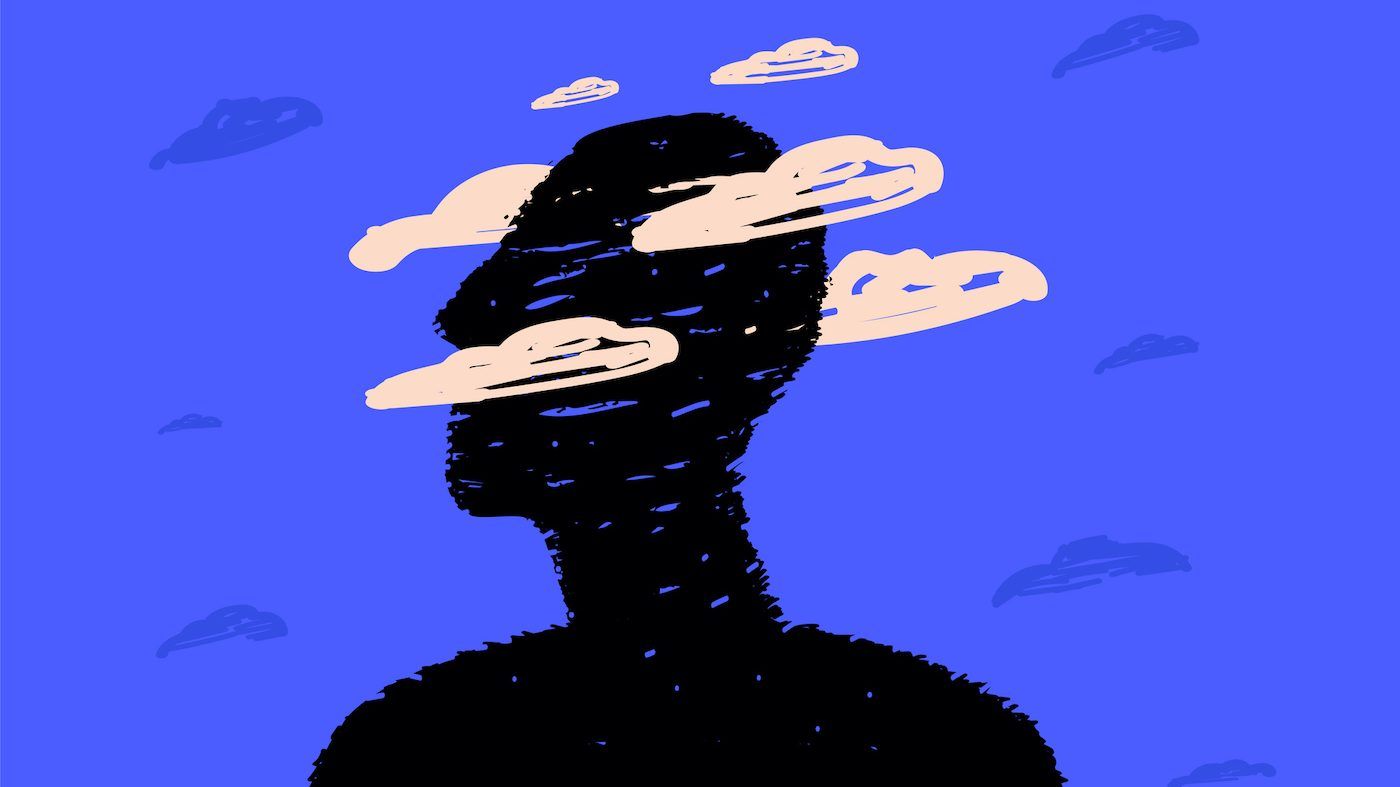asking for a friend: do you have to stay still to get the benefits of meditation?
mirella veras, a nova scotia-based physiotherapist and tai chi instructor, says finding peace and calm has less to do with what your body is doing and more about where your mind is focused.
machado: what happens to your brain when you don't feel safe?
whether you are worried about your health, trying to keep your relationships afloat, or concerned about the stability of your job, it all feels gross. plus, it's not good for you.
got a sense of impending doom? can't breathe? it could be a panic attack
panic attacks have been on the rise since the start of the pandemic, and while not life-threatening, panic attacks feel really awful. here's how to cope.
 6 minute read
6 minute read









